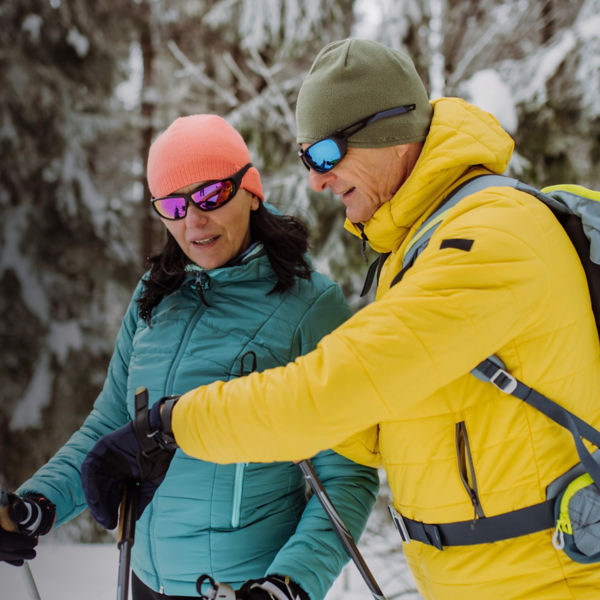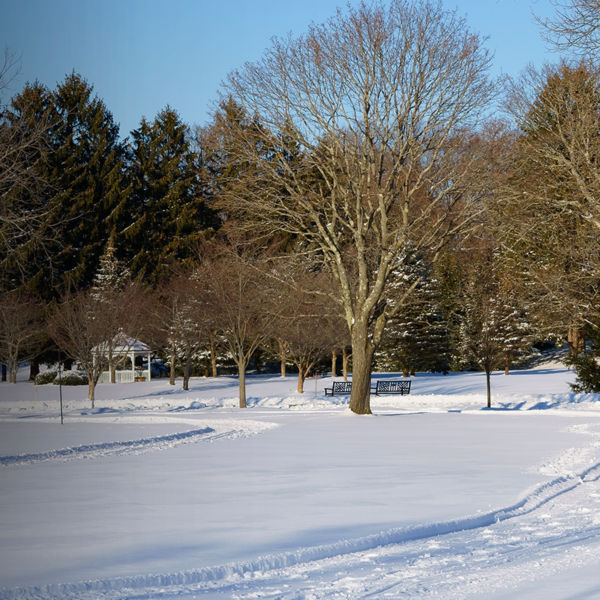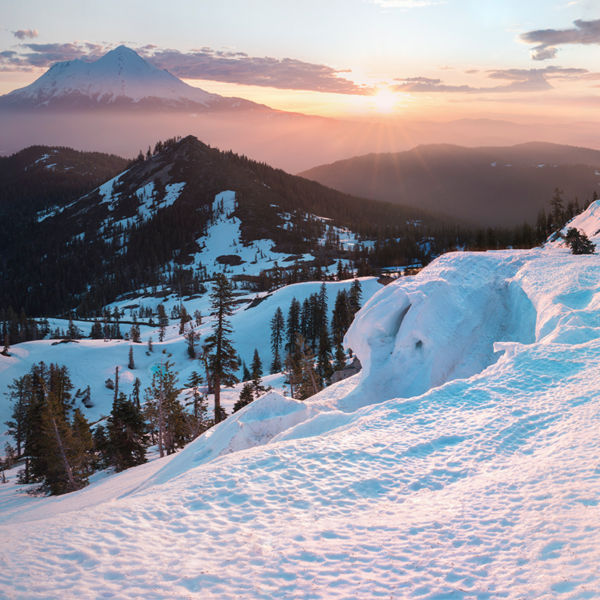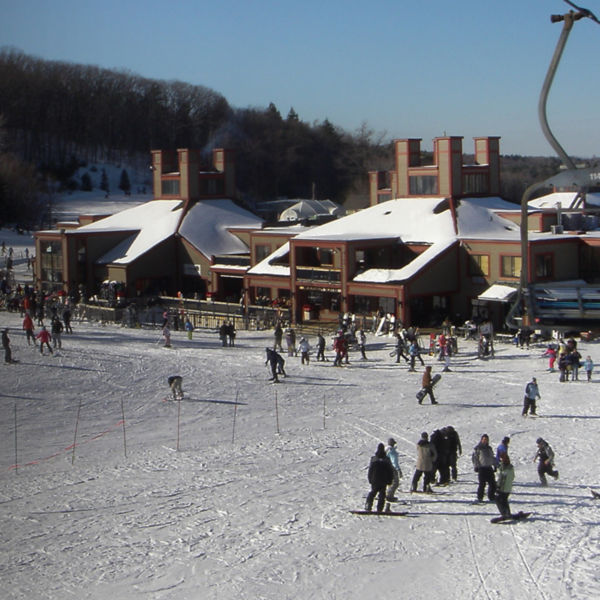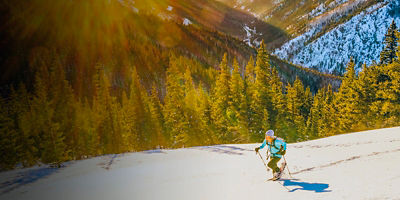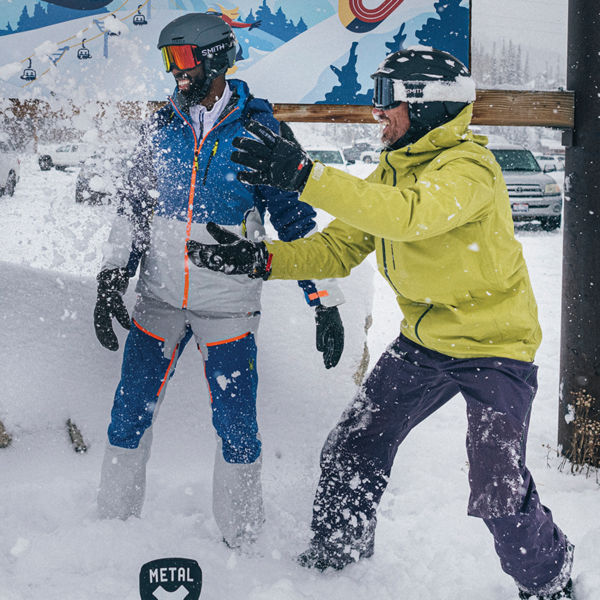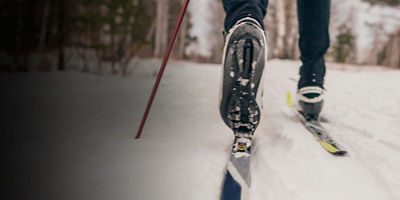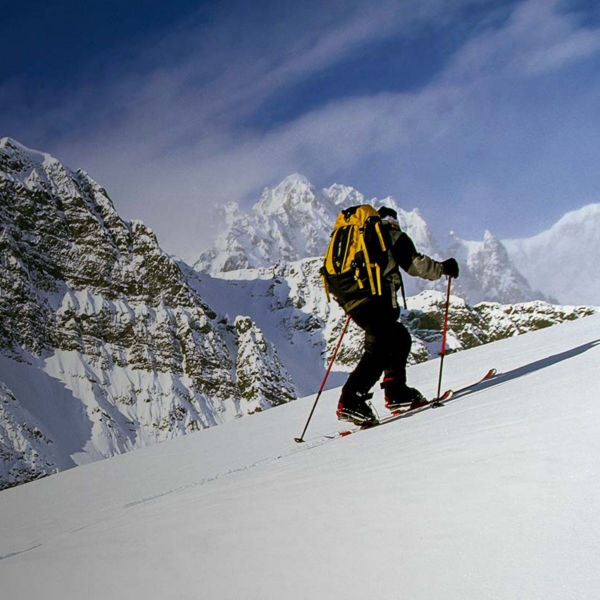
Let’s face it: Not every day is the perfect, billowing, Instagram-worthy powder day. In fact, they’re actually kind of rare. What isn’t rare is choppy, cut-up powder, snow that’s been there for a few days getting tracked out and affected by sun and wind. Welcome to the world of crud. Known by several different monikers—including tracked powder, mank, ungroomed and crust—crud is a little bit of everything, from lumpy clumps to buried bumps, requiring every trick in the book to get through. Skiing and riding in these conditions is far different than the seemingly effortless turns of untracked powder, or the speed and angled edges needed to carve down a groomer. Knowing how best to make turns through it saves energy and beat-downs, while opening up the whole mountain to explore—even when conditions are less than ideal. Here’s how best to ski and snowboard in the more everyday world of snow that is not so fresh or new.
Crud defined
While there’s no real accepted definition of crud (it’s doubtful you’ll find it in Webster’s), crud is that off-mix of powder and groomed. Like snowflakes, it’s never the same twice, ranging from chopped-up powder to heavier, sunbaked snow. The only thing that every type of crud shares is its need for a little more effort. Crud is variability at its finest, requiring you to constantly adapt your technique for the next conditions ahead.
Stay balanced
Don’t be too far in the back seat or too far forward. Start each turn from a balanced, aggressive stance, knees slightly bent with hands forward. Keep your core centered over your bindings and stay centered in your boots; don’t pressure them far forward or backward.
Look ahead
Since crud is so variable, skiing or riding it means you might be in something similar to powder one second, and then navigating push-piles, hardpack, or crust in the next. Look ahead, planning two or three turns in advance, to see what’s coming so you know how to react. Let the terrain and snow texture determine where you turn, missing sections that look less than savory. Follow the path of least resistance.
Relax
Stay calm, with your weight distributed evenly over your skis to absorb the snow and terrain. Experts recommend trying to keep your ankles loose and flexible to help absorb terrain and snow variations (like hidden moguls).
Weighting game
Take your time shifting your weight around. Don’t apply weight to your downhill ski (or unweight your inside ski) too early or too quickly. Keep your weight more evenly spread out longer so you don’t get tossed around. Also, release your ski edges slowly, gradually steering your skis around. Relax and let the turn pull your weight onto your downhill ski, pressuring it later in the turn than you normally would.











